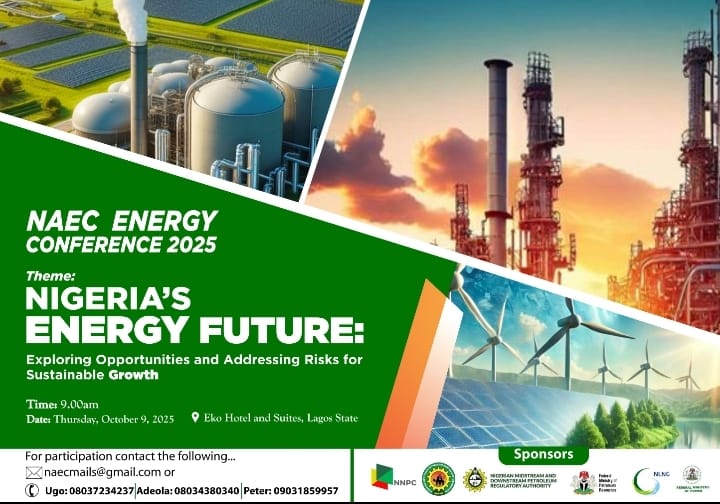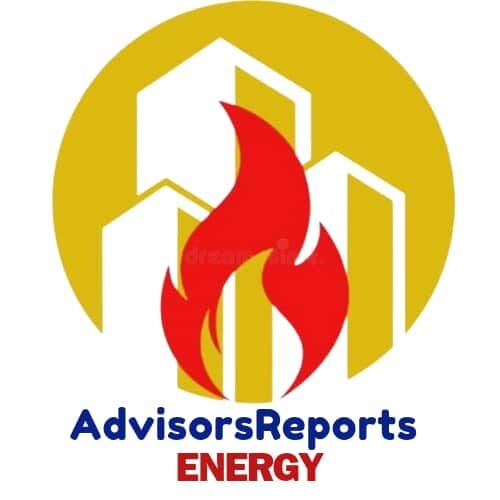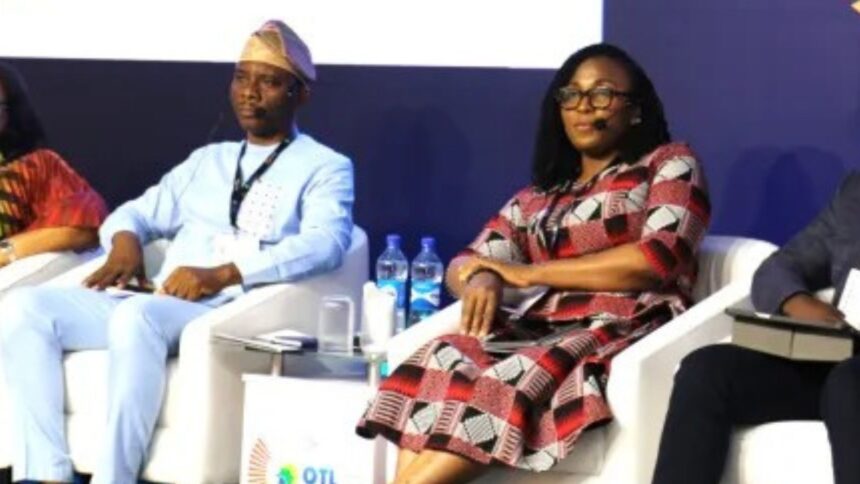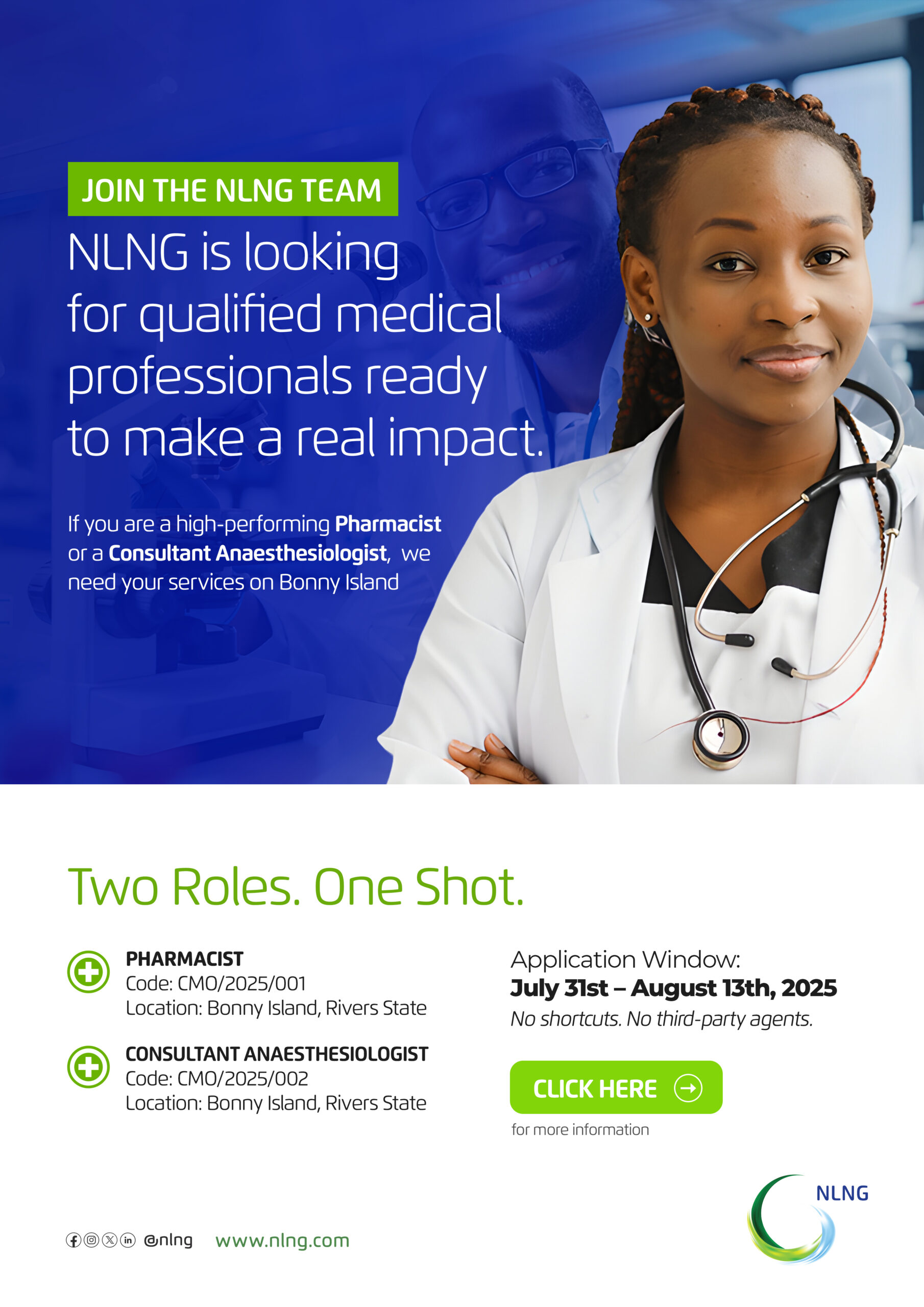… warn that lack of national coordination hampers LPG projects, consumer access
Ademisoye Precious
Industry stakeholders at the just-concluded OTL Africa Week have identified regional integration, infrastructure optimization, and affordability as key drivers for accelerating LPG adoption across Nigeria and the wider West African region.
Engr. Emmanuel Oluwagbemi, Programme Director of PiCNG, represented by Engr. Tari Mayor-Bright, highlighted the challenges posed by siloed operations within the gas industry and emphasized the need for a coordinated national rollout plan.
She said, “We’ve engaged with the upstream players, and they have their own concept; the midstream operators have a different one, and the downstream operators have yet another.
“We’ve realized that progress can only come from developing an integrated structure, one that builds on existing infrastructure and optimizes it for collective growth.”
Tari further noted that fragmented development across the LPG value chain has often hindered progress.
“In the past, we’ve seen cases where an investor wants to set up a facility but has no access to existing infrastructure.
“When we try to bring different stakeholders together to discuss collaboration, they often see themselves as separate entities rather than strategic partners working toward a common goal,” she explained.
On financing, Tari explained, “At a recent forum, we had to tell some stakeholders that they need to mobilize a specific amount of funds.
“I have access to donor organizations, so why don’t we sit together and design a proper funding and financing structure to ensure that, ultimately, gas gets to the end users?”
She emphasized that many projects stall because stakeholders continue to operate independently instead of pursuing a unified approach.
Tari also urged downstream operators to take a more active role in Nigeria’s national LPG rollout.
“We still see operators who want to venture into midstream operations even though they already dominate the downstream segment,” she noted.
“What’s needed downstream is to leverage existing infrastructure and develop add-on solutions.
By doing so, we can reduce regulatory bottlenecks and accelerate market access.
There’s natural gas available for end users today, but we lack the compliant downstream facilities required to deliver it effectively.”
She further expressed concern about operational inefficiencies, explaining, “Some of the existing infrastructures were conceived prematurely and lack the efficiency needed for proper refueling or gas injection.
As a result, we’re now depending on midstream refueling capacity, which shouldn’t be the case.
Dr. Mustapha Abdullahi, Director-General of the Energy Commission of Nigeria, represented by Mr. Felix Olu, Director, Electricity and Fossil Fuels, echoed the call for greater coordination across the gas value chain.
He said, “We need to align upstream, midstream, and downstream policies.
“A national strategic rollout plan is essential to ensure that existing infrastructure is fully optimized and duplication is avoided.
Collaboration is key; we must synchronize funding, resources, and regulatory processes to deliver gas efficiently to the end users.”
The stakeholders at the panel session reached a consensus that strategic collaboration, infrastructure integration, and affordability are essential to accelerating LPG adoption and strengthening market confidence.
They further emphasized that without a coordinated national framework, independent projects will continue to suffer from inefficiencies, delayed implementation, and limited consumer access.




